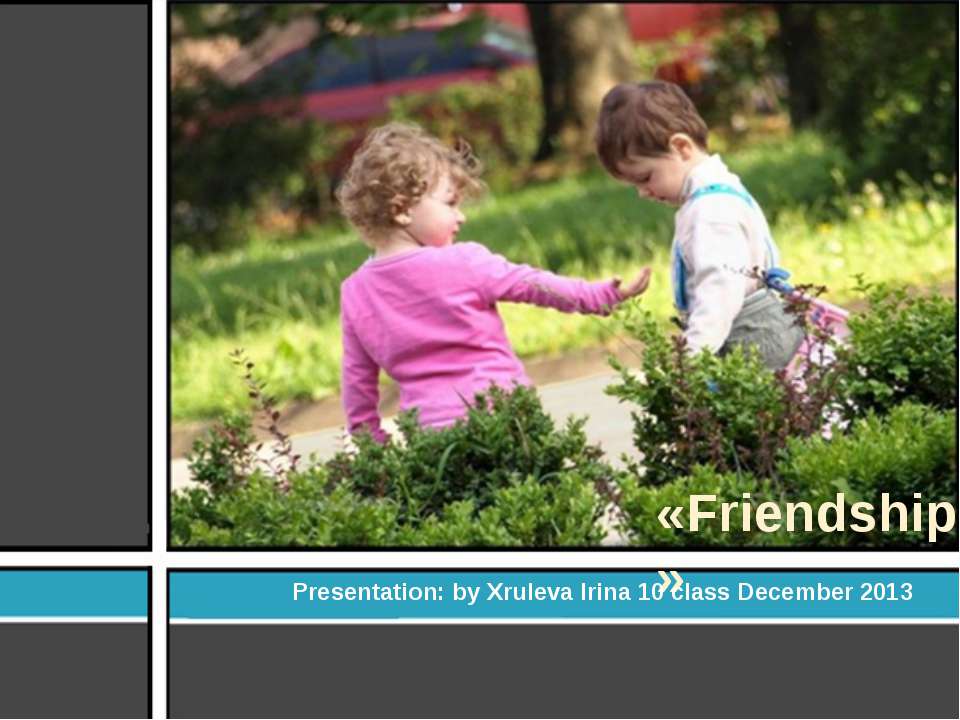The skeleton

- Рубрика: Презентации / Презентации по английскому языку
- Просмотров: 455
Презентация "The skeleton" онлайн бесплатно на сайте электронных школьных учебников edulib.ru
Prepared by:, 09-022 OM Checked by: Totanova Nazgul Independent work of students of English Almaty 2010 The skeleton ҚР ДЕНСАУЛЫҚ САҚТАУ МИНИСТРЛІГІ С.Д.АСФЕНДИЯРОВ АТЫНДАҒЫ ҚАЗАҚ ҰЛТТЫҚ МЕДИЦИНА УНИВЕРСИТЕТІ МИНИСТЕРСТВО ЗДРАВООХРАНЕНИЯ РК КАЗАХСКИЙ НАЦИОНАЛЬНЫЙ МЕДИЦИНСКИЙ УНИВЕРСИТЕТИМЕНИ С.Д.АСФЕНДИЯРОВА
Skeletal System - Functions Support & shape to body Protection of internal organs Movement in union with muscles Storage of minerals (calcium, phosphorus) & lipids Blood cell production
The Skeletal System Know the Skeletal Anatomy Axial Skeleton Appendicular Skeleton Surface Anatomy of the bone By x-ray or diagram Structure/function of joints, muscle and ligament attachments Including range of motion
Human Skeleton 206 Bones Axial skeleton: (80 bones) in skull, vertebrae, ribs, sternum, hyoid bone Appendicular Skeleton: (126 bones)- upper & lower extremities plus two girdles Half of bones in hands & feet
Axial Skeleton (80) Skull Ossicles of the middle ear Hyoid bone Thorax or chest Vertebral column
Appendicular Skeleton (126) Upper Extremity (64) Shoulder Girdle Arms Hands Lower Extremity (62) Pelvic Girdle Legs Feet
Types of Bone Long bones: longer than they are wide; shaft & 2 ends (e.g.: bones of arms & legs,except wrist, ankle & patella) Short bones: roughly cube-shaped (e.g.: ankle & wrist bones) Sesamoid bones: short bones within tendons (e.g.: patella) Flat bones: thin, flat & often curved (e.g.,: sternum, scapulae, ribs & most skullbones) Irregular bones: odd shapes; don't fit into other classes (e.g.: hip bones & vertebrae)
22 bones in skull 6 in middle ears 1 hyoid bone 26 in vertebral column 25 in thoracic cage 4 in pectoral girdle 60 in upper limbs 60 in lower limbs 2 in pelvic girdle 206 bones in all
The skull 8 sutured bones in cranium Facial bones: 13 sutured bones, 1 mandible Cranium encases brain attachments for muscles sinuses
Thoracic cage ribs thoracic vertebrae sternum costal cartilages True ribs are directly attached to the sternum (first seven pairs) Three false ribs are joined to the 7th rib Two pairs of floating ribs
Vertebral column 7 cervial vertebrae 12 thoracic 5 lumbar 1 sacrum (5 fused) 1 coccyx (4 fused) Vertebrae vary in size and morphology
Bone Cells Osteoblasts – bone forming cells synthesize and secrete unmineralized ground substance and are found in areas of high metabolism within the bone Osteocytes – mature bone cells made from osteoblasts that have made bone tissue around themselves. They maintain healthy bone tissue by secreting enzymes and controlling the bone mineral content; they also control the calcium release from the bone tissue to the blood. Osteogenic cells respond to traumas, such as fractures, by giving rise to bone-forming cells and bone-destroying cells Osteoclasts – bone absorbing cell – large cells that break down bone tissue – important to growth, healing, remodeling Bone lining cells - made from osteoblasts along the surface of most bones in an adult. Bone-lining cells are thought to regulate the movement of calcium and phosphate into and out of the bone
Types of Skeletal Cartilage Hyaline Cartilages: fine collagen fiber matrix- most abundant type- found in articular (movable joint) cartilages, costal cartilages (connect ribs tosternum), respiratory cartilages (in larynx & upper respiratory passageways) & nasal cartilages Elastic Cartilages: similar to hyaline cartilage, more elastic fibers (very flexible) – found in external ear & epiglottis (larynx covering) Fibrocartilage: rows of chondrocytes with thick collagen fibers; highly compressible with great tensile strength- found in menisci of knee, intervertebral discs & pubic symphysis

























